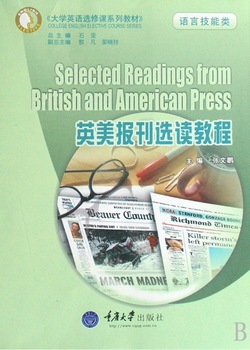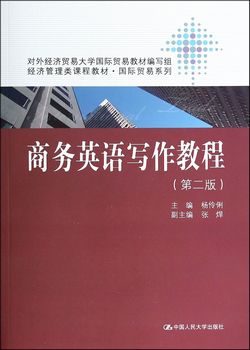组织行为学精要(第11版·英文注释版) / 工商管理经典教材·核心课系列
定价:¥49.00
作者: 斯蒂芬·罗宾斯,蒂莫西·贾奇
出版时间:2018-01
出版社:中国人民大学出版社
- 中国人民大学出版社
- 9787300253657
- 208516
- 40218306-5
- 大16开
- 2018-01
- 560
- C936
- 工商管理、人力资源管理
- 本科 研究生(硕士、EMBA、MBA、MPA、博士)
内容简介
目录
Preface Part 1 Prologue Chapter 1 Introduction to Organizational Behavior Enter Organizational Behavior Complementing Intuition with Systematic Study Disciplines That Contribute to the OB Field There Are Few Absolutes in OB Challenges and Opportunities for OB The Plan of This Book Part 2 The Individual in the Organization Chapter 2 Job Attitudes Attitudes Job Satisfaction Chapter 3 Moods, Emotions, and Organizational Behavior What Are Emotions and Moods? Emotional Labor Emotional Intelligence OB Applications of Emotions and Moods Chapter 4 Personality Traits and Work Values Personality Values Linking an Individual’s Personality and Values to the Workplace Chapter 5 Individual Perception and Decision-Making What Is Perception? Person Perception: Making Judgments About Others The Link Between Perception and Individual Decision Making Decision Making in Organizations Organizational Constraints on Decision Making What About Ethics and Creativity in Decision Making? Chapter 6 Motivation I: Basic Concepts Defining Motivation Early Theories of Motivation Contemporary Theories of Motivation Chapter 7 Motivation II: Applied Concepts Motivating by Changing the Nature of the Work Environment Employee Involvement Using Rewards to Motivate Employees Part 3 Groups in the Organization Chapter 8 Groups Defining and Classifying Groups Stages of Group Development Group Properties: Roles, Norms, Status, Size, and Cohesiveness Group Decision Making Chapter 9 Teams Why Have Teams Become So Popular? Differences Between Groups and Teams Types of Teams Creating Effective Teams Turning Individuals into Team Players Beware! Teams Aren’t Always the Answer Chapter 10 Communication Process The Communication Process Direction of Communication Interpersonal Communication Organizational Communication Barriers to Effective Communication Chapter 11 Leadership What Is Leadership? Trait Theories Behavioral Theories Contingency Theories Leader–Member Exchange (LMX) Theory Charismatic Leadership and Transformational Leadership Authentic Leadership: Ethics and Trust Are the Foundation of Leadership Challenges to the Leadership Construct Chapter 12 Power and Politics A Definition of Power Contrasting Leadership and Power Bases of Power Power Tactics Politics: Power in Action Causes and Consequences of Political Behavior The Ethics of Behaving Politically Chapter 13 Conflict and Negotiations A Definition of Conflict Transitions in Conflict Though The Conflict Process Negotiation Part 4 The Organization System Chapter 14 Structure and Organizational Behavior What Is Organizational Structure? Common Organizational Designs New Design Options Why Do Structures Differ? Organizational Designs and Employee Behavior Chapter 15 Organizational Culture What Is Organizational Culture? What Do Cultures Do? Creating and Sustaining Culture How Employees Learn Culture Creating an Ethical Organizational Culture Creating a Positive Organizational Culture Chapter 16 Organizational Change Forces for Change Resistance to Change Approaches to Managing Organizational Change Creating a Culture for Change Work Stress and Its Management Epilogue Endnotes










